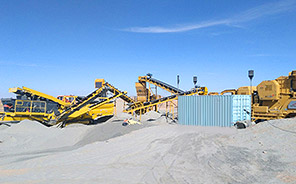Installing a cement mill is a complex process that requires careful planning, engineering expertise, and adherence to safety and environmental regulations. Below is a step-by-step guide to help you understand the key stages involved in installing a cement mill:
—
1. Pre-Installation Planning
– Feasibility Study: Assess the project’s technical, economic, and environmental feasibility.
– Site Selection: Choose a location with access to raw materials (clinker, gypsum, additives), transportation, and utilities (power, water).
– Design & Engineering: Work with engineers to design the mill layout, including foundation requirements, electrical systems, and auxiliary equipment.
– Permits & Regulations: Obtain necessary permits (environmental, safety, zoning) from local authorities.
—
2. Foundation Construction
– The cement mill requires a strong reinforced concrete foundation to handle vibrations and heavy loads.
– Steps:
1. Excavate the site as per design specifications.
2. Install reinforcement bars (rebar) and anchor bolts for mill alignment.
3. Pour high-strength concrete and allow proper curing (typically 28 days).
—
3. Mill Assembly & Installation
Cement mills are typically horizontal ball mills or vertical roller mills (VRM). The installation process varies slightly depending on the type.
.jpg) # For Ball Mills:
# For Ball Mills:
1. Positioning the Mill Shell:
– Lift and place the mill shell onto the foundation using cranes.
– Align it precisely with laser levels to ensure proper rotation.
2. Installing Bearings & Girth Gear:
– Mount trunnion bearings at both ends of the mill.
– Install the girth gear (driven by a pinion gear connected to the motor).
3. Lining Installation:
– Fit wear-resistant liners inside the mill shell to protect it from grinding media abrasion.
4. Grinding Media Loading:
– Add steel balls or rods as grinding media (typically 25–30% of mill volume).
# For Vertical Roller Mills (VRM):
1. Base Frame & Grinding Table:
– Assemble the base frame and install the rotating grinding table.
2. Rollers & Hydraulic System:
– Mount grinding rollers and connect hydraulic systems for pressure adjustment.
3. Classifier & Separator:
– Install dynamic or static classifiers for particle size control.
—
 4. Auxiliary Equipment Installation
4. Auxiliary Equipment Installation
–




